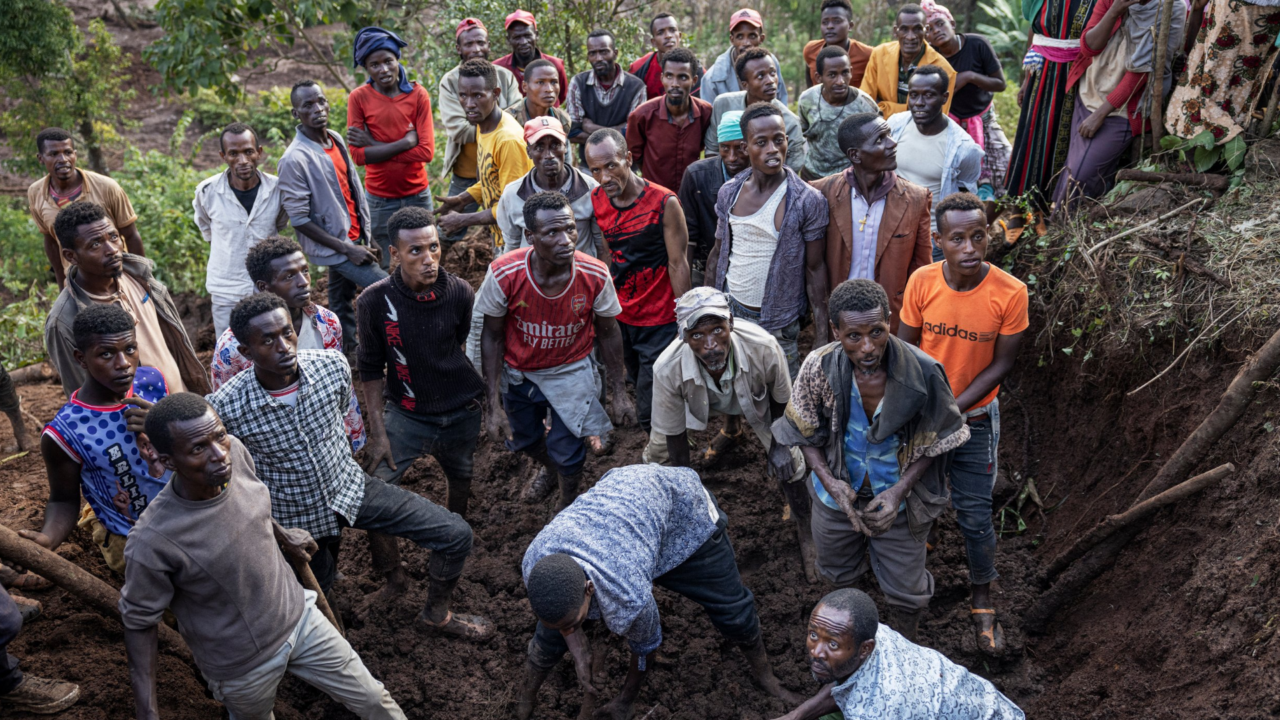Southern Ethiopia has witnessed a devastating mudslide triggered by torrential rains, resulting in the loss of hundreds of lives. The country’s calamity gives an alarm to the East Africa’s growing vulnerability to extreme weather events, a grim reality exacerbated by climate change.
The recent mudslide in Southern Ethiopia’s mountainous region has left behind a trail of destruction, claiming more than 200 lives and sweeping away homes, livestock, and infrastructure. Communities have been left in disarray, grappling with the immediate aftermath of the disaster.
According to the UNHCR, the East African region, including Ethiopia, has become increasingly susceptible to extreme weather events, a phenomenon closely linked to climate change. Over the past decades, the frequency and intensity of rainfall has surged, leading to recurrent floods and landslides.
This pattern is not confined to Ethiopia alone; neighboring countries like Kenya, Uganda, and the Democratic Republic of Congo have also experienced similar adversities, highlighting a regional crisis.
Climate change has disrupted traditional weather patterns, making seasons unpredictable. The once-reliable monsoon rains now arrive with unprecedented force, overwhelming communities that are ill-prepared to cope. Deforestation, soil erosion, and poor land management practices have further exacerbated the situation, leaving the land vulnerable to landslides during heavy rains.
Africa, as a whole, is bearing the brunt of climate change, despite contributing minimally to global greenhouse gas emissions. Rising temperatures, shifting rainfall patterns and increased occurrence of extreme weather events have jeopardized food security, water resources and livelihoods across the continent.
Countries in the Sahel region, Southern Africa, and the Horn of Africa are particularly at risk.





















